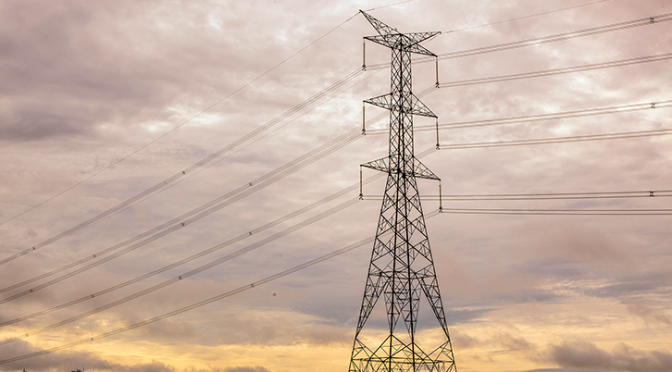The onshore wind potential of Rio Grande do Norte has a relationship estimated 20 years ago, reaching a hair less 93 GW at 200 meters high – or equivalent to 15 times or that is currently in operation in its territory. Given that it was revealed with the latest version of the state’s Wind and Solar Atlas, launched that week and that validates for the first time the projects in the offshore environment and at the photovoltaic source, the latter exhibits potential of 82 GWp for centralized projects.
For its time, the potential for future generation of wind turbines does not reach 54.5 GW and would be enough to suppress about ? of all Brazilian electrical energy in 2020, of approximately 651 TWh. As the most promising areas are on the North Coast, the state also stands out for its abundance in solar energy. It is worth mentioning that the state is the largest Brazilian producer of wind energy.
The data and analyzes consist of a 200-page document divided into eight chapters. Available online, the Atlas is the result of a Collaboration Term signed between the government, through the Secretary of State for Economic Development (Sedec), and the Federação das Indústrias (FIERN), executed by Senai-RN, through the Institute Senai de Inovação em Energias Renováveis (ISI-ER). It also has the participation of Camargo Schubert Wind Engineering.
The survey points to the best areas for the development of new renewable projects, tracing texts, maps and other images with information about the most promising regions for different investments on land and sea. No case of solar energy is also in lakes, reservoirs and barrages monitored by the National Agency for Basic Water and Sanitation (ANA).
On an onshore wind, the document shows a potential of 56 GW with winds above 7 meters per second (m/s) and considering a height of 100 meters – compatible with the average of two existing wind turbines in the parks. The parameter is the same used in the first Potential Wind Atlas, published two decades ago, in 2003. But it was not the only one used.
In note, Rodrigo Mello, director of Senai-RN and of the Senai Institute for Innovation in Renewable Energy, points out that the analyzes presented consider heights of at least 200 meters and measurements made by a set of stations that will be installed in the field, including a tower of 170 meters, most existing in Brazil, six solarimetric stations, and a tower in the sea, in Porto-Ilha de Areia Branca.
production and expansion
In areas with wind speeds greater than 8 m/s, at 200 meters, more than 26% of the state’s territorial area is equipped with optimal conditions for wind generation. Measurements above 140 meters, with the same speed, indicate an installed capacity of 24.4 GW, or double the current installed and contracted capacity of the RN, of 12.2 GW.
An annual production with conditions estimated at 104 TWh/year, or that represents more than 70% of all the electrical energy generated in the Northeast in 2021 (147 TWh) and more than four times the wind energy currently generated in the state (24 TWh ) . It rises to a height of 200 meters, that value is about 286 TWh/year.
In the analysis of the research, this potential “should encourage the implementation of new transmission lines and encourage the installation of projects aimed at the free market that can generate energy at a competitive price, capable of encouraging the installation of new industries in the state and encourage the generation of new empregos”.


